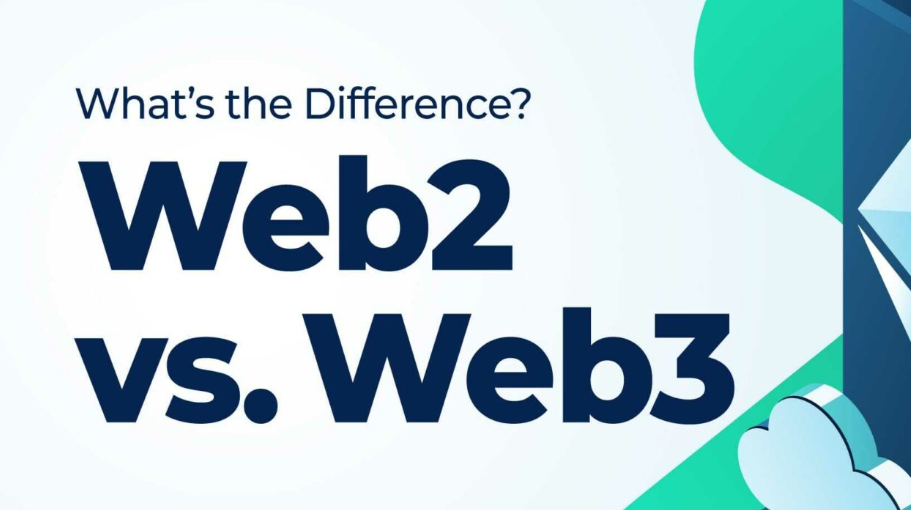Web 2 vs Web 3
 Aayushi Singh
Aayushi Singh
So, there is a new buzz word out there in the Tech streets, web3.👀
What does it even mean? And how is it different from web2?🤔
I guess those are some of the questions you are thinking of right now, I am just guessing 😅.
Well, I will try to solve this puzzle in the next few lines.
So, what is web3? To answer that we have to know what web2 is first.
Web 2 is the internet that we are familiar with today, before web 2 there was a web 1 which was just filled with bland pages linked with hypertext,which aided in searching for resources alot faster,a super basic network of pages linked with hypertext, this then evolved to web 2 which includes interactivity, better page presentations, with the advent of web2 it supports user- generated content leading to its wide adoption and creation of social media websites,forums and the totality of the internet we know of today.
Web3 is the next evolution of the internet with emphasis on decentralisation.
As the world adopts web3, information shared will be decentralised, so what does mean anyway?
Decentralisation in this context means information on web3 are not being stored by a single central entity as the case is in web 2.
In web2, when a user visits a website, the user's information is saved on the website's server, this information is controlled by a central entity, the central entity can wake up one day, decides they don't like your face and delete your account off their website, there is little to nothing you can do in this instance.
In web3, the user has more control over their information,their information can not be changed or removed by a single person, it would take convincing 51% of stakeholders on the network to do that, that's nearly impossible.
Let's make a practical comparisons between web2 and web3
In web2, it is centralized and anyone can be censored whereas web3 is decentralized thus can not be censored as control is not controlled by an individual or companies.
Payment services may decide to not allow payments for certain reasons or type of work but with web3 payment applications require no personal data and can't prevent payments.
In web2,servers may have down time,be hacked and personal data breached or lost but web3 servers can't have downtime and cannot be hacked.
This is not an exhaustive list since we are still scraping the surface of web3,however every phase of the internet has its limitations and web3 is not excluded
Scalability: Transactions are slower on web3 compared to web2 because of the decentralized nature of web3.
User Experience: Interacting with web3 applications would require extra steps,software and education,this could be a hurdle for its adoption
Accessibility: The lack of integration in modern web browsers make web3 less accessible to most users when compared to web2.
Cost: building and developing on web3 can be quite expensive when compared with web2 because it cost money to put a code on the blockchain.
I hope this article whets your appetite to go learn more about web3.😁
Subscribe to my newsletter
Read articles from Aayushi Singh directly inside your inbox. Subscribe to the newsletter, and don't miss out.
Written by

Aayushi Singh
Aayushi Singh
A passionate writer and Full-Stack Solidity Engineer with a proven track record and experience in facilitating cutting-edge engineering solutions in the development, architecture and deployment phases of large and complex projects. An Engineer by education and a writer by passion. I have contributed to the development of Ethereum ecosystem by building dapps on Ethereum blockchain and writing about the latest developments on my blog and have used solidity to create smart contracts for fungible tokens and non-fungible tokens. My skills also include a wide range of video-conferencing and e-commerce applications and technologies. I have a proven ability to use my full-stack expertise to build interactive and user-centred website designs and also have a extensive experience in large system architecture development using micro-services (Kubernetes) and administration(AWS), as well as network design and configuration. I am a strong believer in the power of open source, and an active contributor, maintaining the Ethereum wallet.